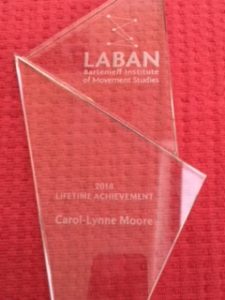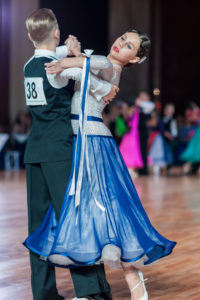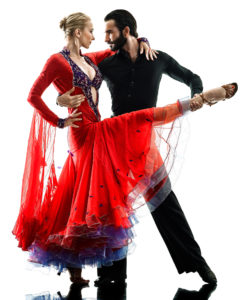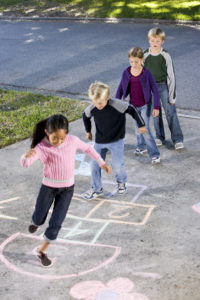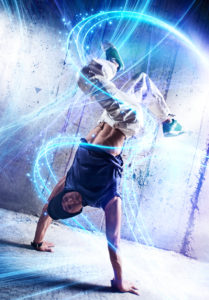
Dimensions = stability and diagonals = mobility. Yet, according to Laban, “neither pure stability nor pure mobility exist.” Natural human movement “is a composite of stabilizing and mobilizing tendencies.”
What is going on here? Laban has taken a lot of trouble to delineate the dimensional and diagonal lines of motion. And every Laban student, whether in a basic or advanced course, practices dimensional and diagonal sequences over and over again.
Then Laban surprises us with the “deflected direction hypothesis.” All of a sudden, he observes that “the deflected or mixed inclinations are more apt to reflect trace-forms of living matter.”
Laban’s critical observation of living movement is all-too-easily overlooked. We know from principles of Gestalt psychology that the mind opts for rapid closure. We may perceive an unfinished circle that is not quite round. But the mind conceives a perfect circle.
Analogously, Laban went beyond the rapid closure of dimensions and diagonals, delineating a variety of deflected lines of movement that fill the kinesphere. Exploring these deflected directions offers a host of new bodily experiences in relation to space, gravity, and kinetic energy. Find out more in the upcoming MoveScape seminar, “Decoding Choreutics: Part 2.”

